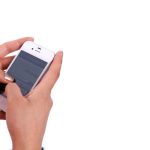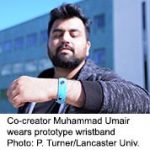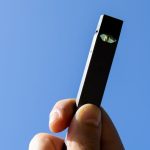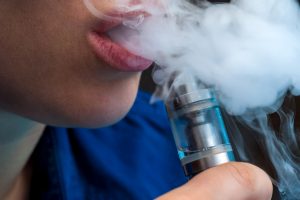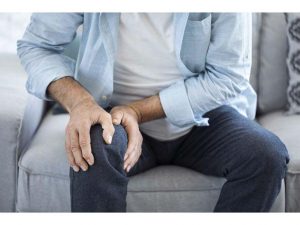
Taking a vacation from social media and digital technology while you travel can cause withdrawal symptoms, but a small study suggests you’ll come to enjoy the offline experience. The British study included 24 people. During their travels to 17 countries and regions, most unplugged from technologies such as mobile phones, laptops, tablets, social media and navigation tools for more than 24 hours. Their reactions before, during and after their “digital detox” were gathered through diaries and interviews. Many had initial anxiety, frustration and withdrawal symptoms, but then increased levels of acceptance, enjoyment and even liberation, according to the study published Aug. 14 in the Journal of Travel Research. “Many people are increasingly getting tired of constant connections through technologies and there is a growing trend for digital-free tourism, so it is helpful to see the emotional journey that these travelers are experiencing,” said lead author Wenjie Cai, a lecturer at the University of Greenwich in London. Researchers said there is growing demand for digital detox holidays. “Our participants reported that they not only engaged more with other travelers and locals during their disconnected travels, but that they also spent more time with their travel companions,” Cai said in a journal news release. The findings could be important for travel companies seeking to develop off-the-grid vacation packages, according to study co-author Brad McKenna, a lecturer at… read on >











